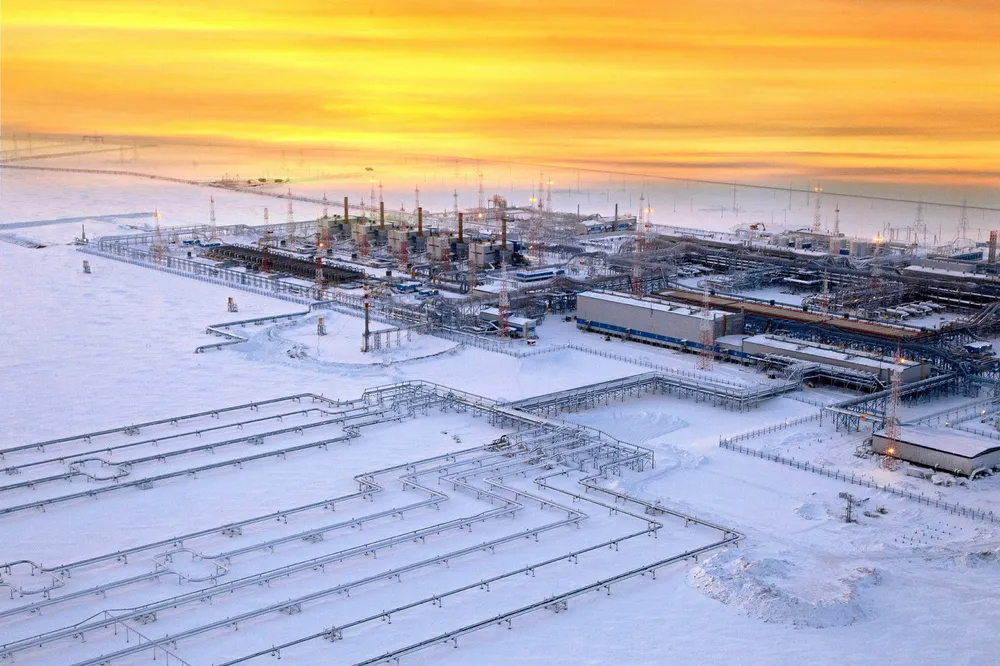Fossil fuels going nowhere fast, but carbon capture roll-out too slow, says DNV
World missing chance to accelerate energy transition when pumping trillions of dollars into pandemic recovery packages, says consultancy's latest outlook

World missing chance to accelerate energy transition when pumping trillions of dollars into pandemic recovery packages, says consultancy's latest outlook
